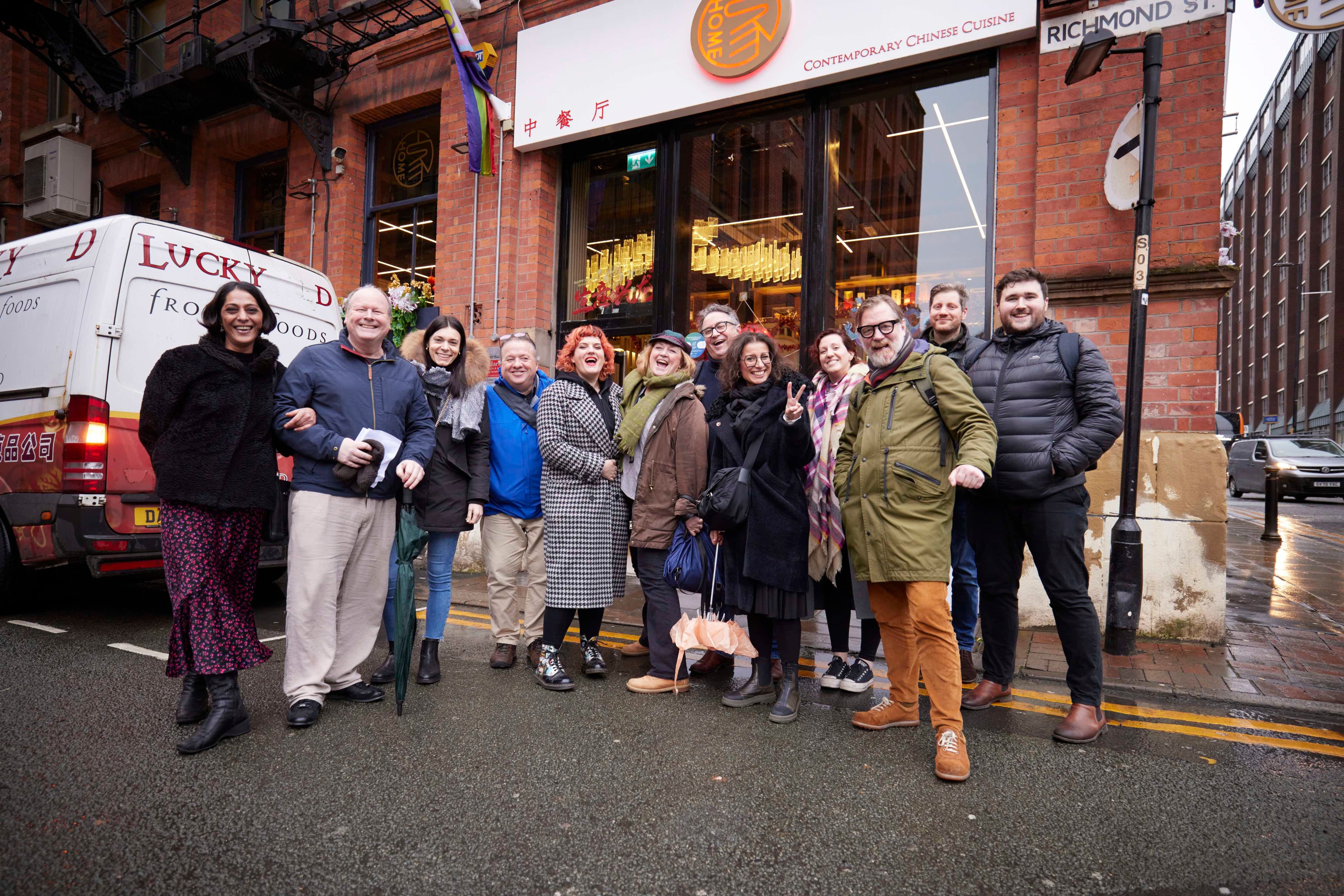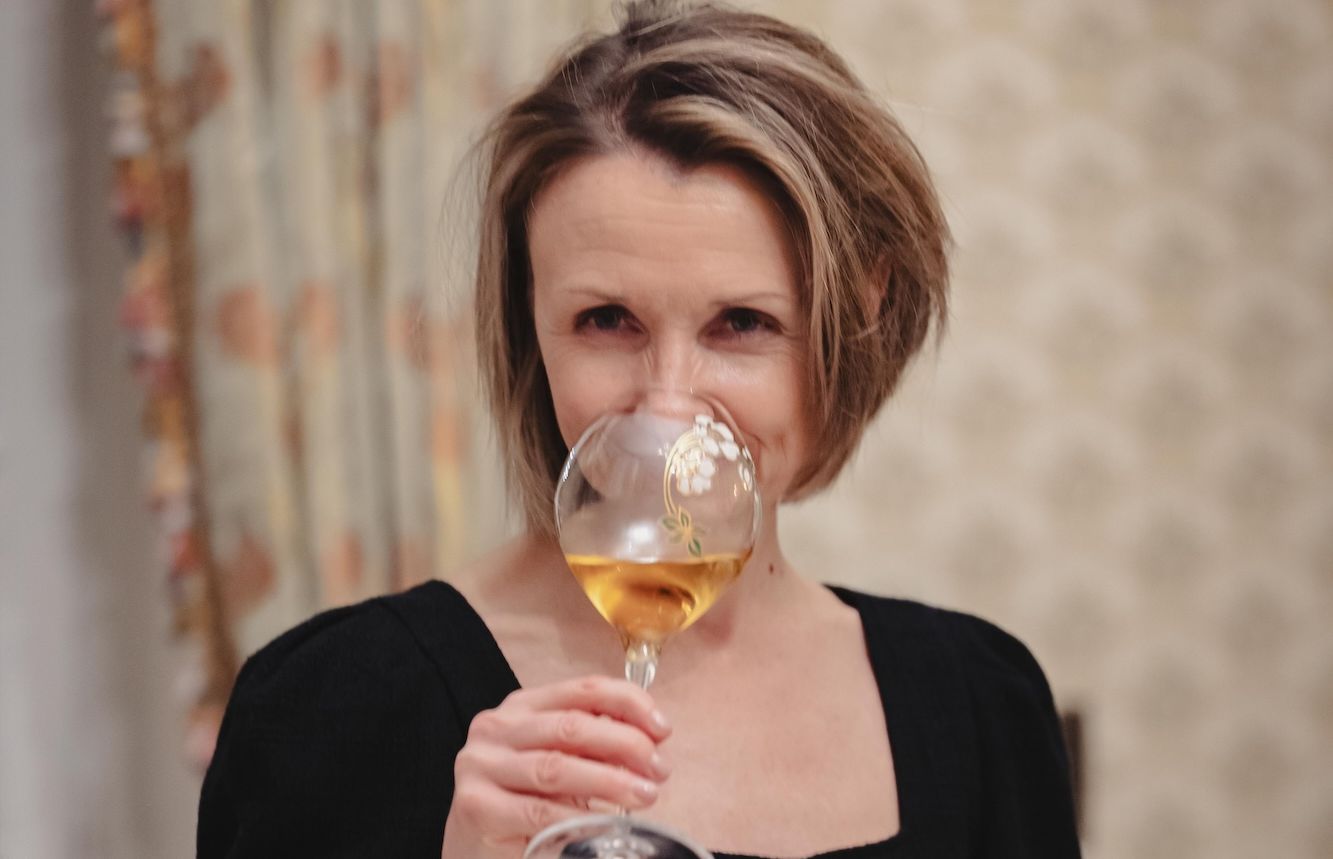“2023, for me, was the year I took a good hard look at myself,” writes Garnett in her Best wines of 2023.

Wine writers retreat: Tiffany Vernon, Lisse Garnett, Hannah Crosbie, Judy O’Kane (l-r)
In 2023, I met many wine professionals who stood up for their ideals and accomplished fantastical feats. UK-based sommelier Tanguy Martin somehow found the energy to cycle from London to Brighton in aid of paediatric brain tumour research for his little son Max. And wine’s irrepressible now somewhat svelte bon viveur and fine wine trader, Gareth Birchley, ran the London Marathon, raising over £271k.
There are winemakers who have also created real change – Kobie van der Westhuizen and Tertius Boshoff of Stellenrust in South Africa are the second generation of their family to farm whilst actively enacting black economic empowerment and protecting old vines. Seventy of Stellenrust’s workers, childhood friends of Kobie and Tertius, are now majority shareholders in the business and part owners of the land. My first wine of 2023 is their 2021 Stellenrust ArtiSons Series, The Mothership Chenin Blanc, Stellenbosch, which is a gorgeously layered, pungent peach of a wine with a pithy texture and mineralic, herbaceous freshness.
On Cloud Wine is another example of selfless thinking, forged by youthful ingenue Emily Batchelor, who felt the need to import South African wine made by black women. She is a sincere advocate and fights hard for their place at the UK table.
My second best wine of 2023 was discovered at The Old Vine Conference field trip in March which was hosted by Feudi di San Gregorio in Campania, which cares for more than 50 hectares of centenarian vines. Sarah Abbott MW introduced us to famed agronomist Professor Attilio Scienza and vine surgeon Pierpaolo Sirch, with whom we toured the region, marvelling at twisted trellised vines. Plaimont, Garage Wines Chile, I Custodi Etna, and Mount Pleasant in Oz have all aligned themselves with the cause, evidence of real progress by Abbott and her campaign to recognise old vine wines. On the trip we tasted Vivianna Malafarina’s Basilisco Storico, Aglianico del Vulture Superiore DOCG, 2013, Campania, Italy, which is made from ancient, ungrafted vines, cooled by sea breezes on the steep volcanic cone of Mount Vulture. Powerful, structured, smoky, ink-deep and textural with a deliciously dry finish.

Tokaj is one of only three places in the world with a history of wines aged under flor and could be the only place to use botrytised berries in a biologically-aged wine fermented to dryness. On my third visit to this fantastic region with Wines of Hungary, I was fortunate enough to take a closer look at dry flor-aged Szamorodni under the expert guidance of Gergely Somogyi and his truly magnificent moustache. Though tricky to source, dry Szamarodni is insane value for money. A standout was Samuel Tinon’s Tokaj Szamarondni Szaraz 2003 13.8% 90% Furmint, 10% Hárslevelú which shows honeyed beeswax, bruised red apple, dried apricots, marzipan, walnut skin, caramel, melted butter, chamomile, bitter toast, and orange marmalade. The finish is fruit-driven and slightly smoky, caramel-laced with white pepper and a hint of furniture polish. Savoury, complex and endlessly evolving.
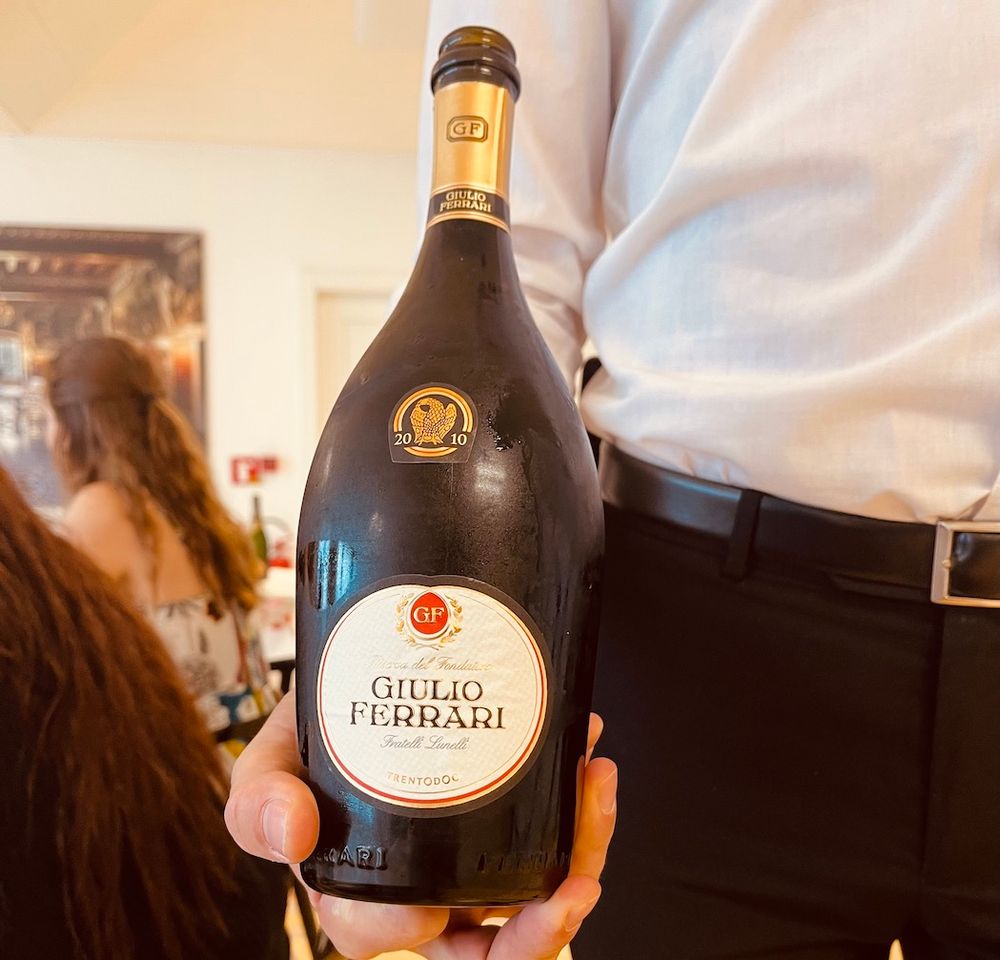
A trip to Milan on the eve of famed impresario Berlusconi’s funeral was an adventure in itself. It was especially memorable for the time I spent with Ferrari’s Camilla Lunelli and then Helena Lageder of Alois Lageder. Both women are scions of wine families who use their privilege to protect our environment. I hugely enjoyed these two wines: Guilio Ferrari Reserve del Fondatore 2010 and Alois Lageder Löwengang Uvaggio Storico 2020
The Guilio Ferrari Reserve del Fondatore 2010 is 100% Chardonnay which spends ten years on lees, with less than 3 grams of residual sugar. Superbly textural and layered with a smörgåsbord of flavours: red apple, dried apricot, marzipan, beeswax, white pepper, candied lemon, buttery pastry, honey and white chocolate. Sumptuous, long and lusciously textural. 12.5% abv.
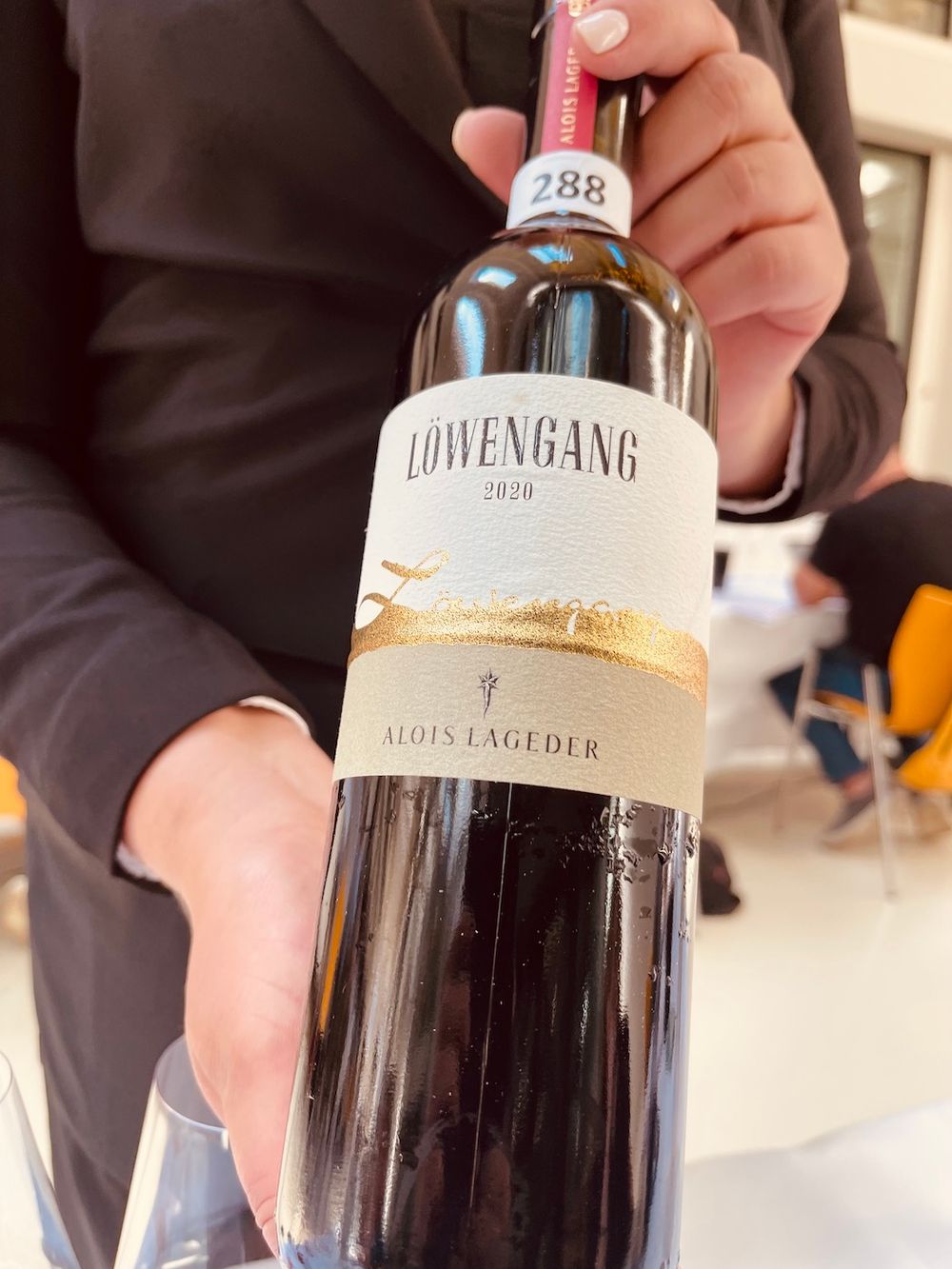
Alois Lageder Löwengang Uvaggio Storico 2020 is a blend of Carmenère, Cabernet Franc, Cabernet Sauvignon and Petit Verdot – all grapes grown on limestone and sand, of ancient vines with minuscule yields, some of which are 134 years old. Savoury and fresh yet full and round. Redolent with blackberry, cherry, dried lavender, rose and earth. The wine is matured in barriques and culminates in a moreish, bitter, savoury finish. 11.5% abv.
The Bertani brothers behind Tenuta Santa Maria lost their father unexpectedly ten years after the 2011 sale of Bertani to Angelini Wines. The sons retain three of the finest estates, including the astonishingly romantic Neoclassical Villa Mosca. Bertani family history is full of feats of courage, rebellion, intrigue, and enterprise; the term Amarone was even coined in the family cellar. A sincere quest for elegance prioritises aromatics over sweetness and is evident in the glass. Amarone della Valpolicella Classico Riserva DOCG 2016 is lithe, sensual, sinuous and silky. Shot with red fruit, fragrant rose and violets.
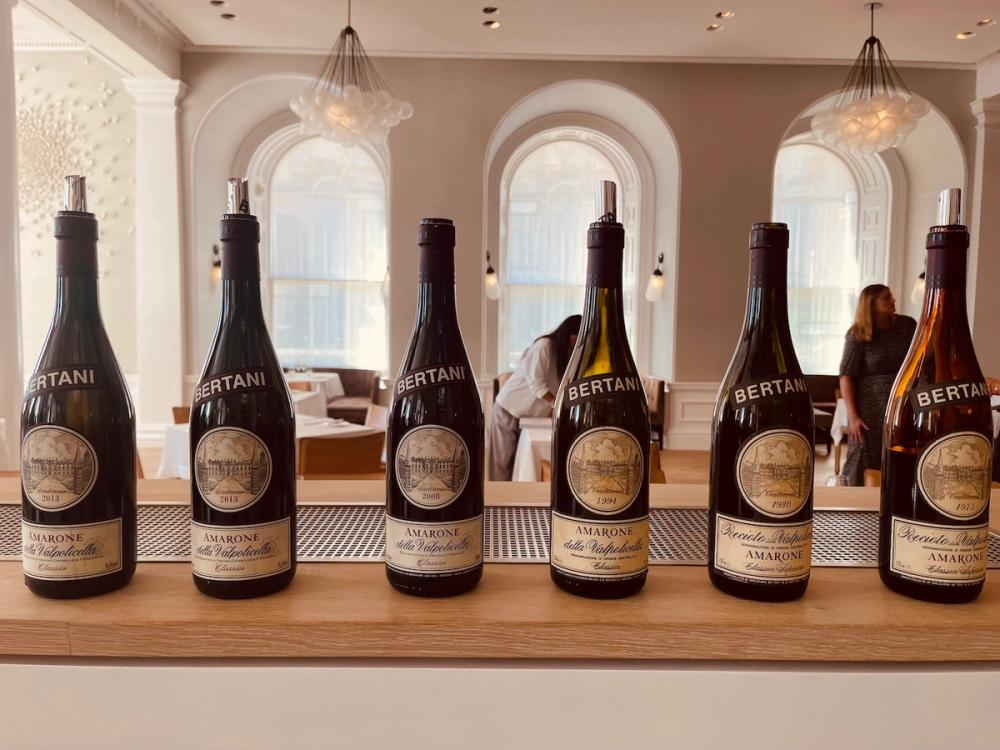
As if by magic, I then had the opportunity to meet Andrea Lonardi MW for a tasting of the Bertani library collection from 1958 to 2013 at London reataurant Spring, orchestrated by the brilliant Monique Ziervogel. The collection is on sale and contains 250,000 bottles. Lonardi proved a modest ambassador; he appraised each vintage with a refreshingly candid eye. Standout was Amarone della Valpolicella DOCG 1964. Incredibly youthful and poetic, still ruby after 19 years in wood (bottled in 83). A bat squeak of orange zest, the ghost of salted Asian plum, incense and forest floor, hauntingly fragrant with potpourri and sweet, dry, delicate tannins.

A game at the Rugby World Cup was a highlight of an incredible Loire Valley Wines odyssey, shared with The Buyer’s Geoffrey Dean; his company made the spectacle of a pissed-up Welsh fan attempting to board our bus all the funnier. We tasted multitudinous Muscadets and Cabernet Francs, and many wines from Savennièrre, Saumur and Anjou. It was impossible, even silly, to select one, so I chose two. Côteaux du Layon 1er Cru Chaume, Château de Plaisance 2015 and 2021 Nicolas Joly, Savennieres Coulee-de-Serrant.
Château de Plaisance is biodynamic, principled and young; it was beautiful to taste an old style of wine made in a youthful guise, redolent with succulent peach, lemon verbena and apricots. The Joly was so pretty, floral, peachy and fecund with ginger, chamomile and salty white pepper. Despite rumours suggesting Virginie Joly is not keen on botrytis, I reckon I could taste it.
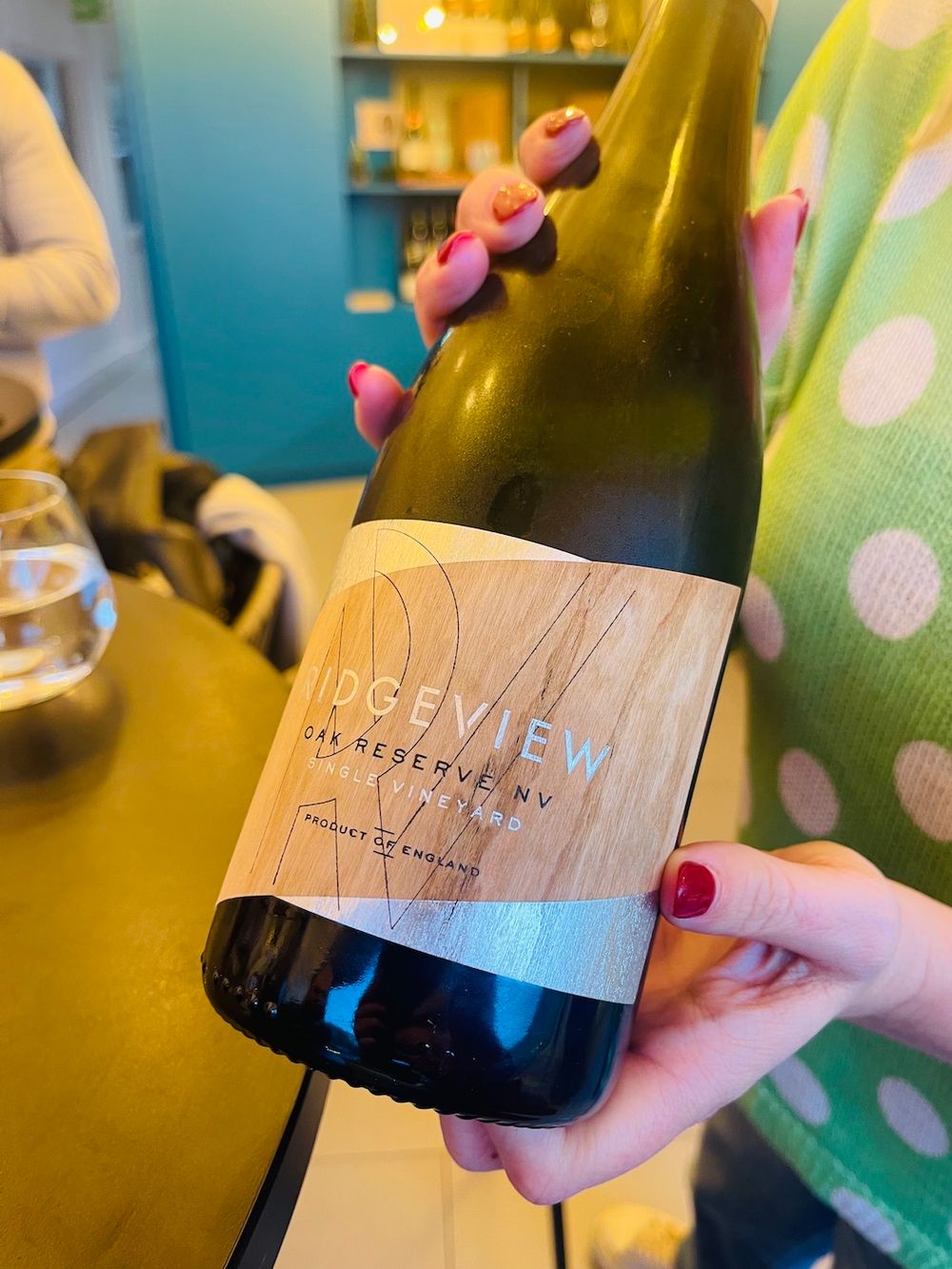
English wine has continued its rise toward universal excellence. On meeting Ridgeview’s Tamara and Mardi Roberts, I was reminded of the hard grafting, unpretentious antipodeans of my teens. It’s easy to understand why some of the UK’s most particular brands put their faith in these two and commission them to produce wine for them. The new Ridgeview restaurant, with its shipping container kitchen, delivered dish after dish of well-priced delicious food. Of the wines tasted I favoured the Oak Reserve NV, Ridgeview, for its maverick singularity and gorgeous, toasted hazelnut, mandarin-shot, salty, whisky-scented guzzle potential. God, it went down easy. It’s the antithesis of taut minerality and all the more wonderful for it.

The wines of self-made South African winemaker Duncan Savage paired perfectly with the inspirational dishes (and hospitality of head sommelier Ciarán Bagchus) at Pied a Terre in Charlotte Street this September. It was one of the best meals I’ve ever eaten, and I would rate it alongside the hospitality of ex-Michelin star chef, Roger Jones. Savage ‘Follow the Line’ 2021 will make you sing. In the words of Nancy Sinatra, it showed “Strawberries, cherries and an angel’s kiss in spring.” Gorgeous.
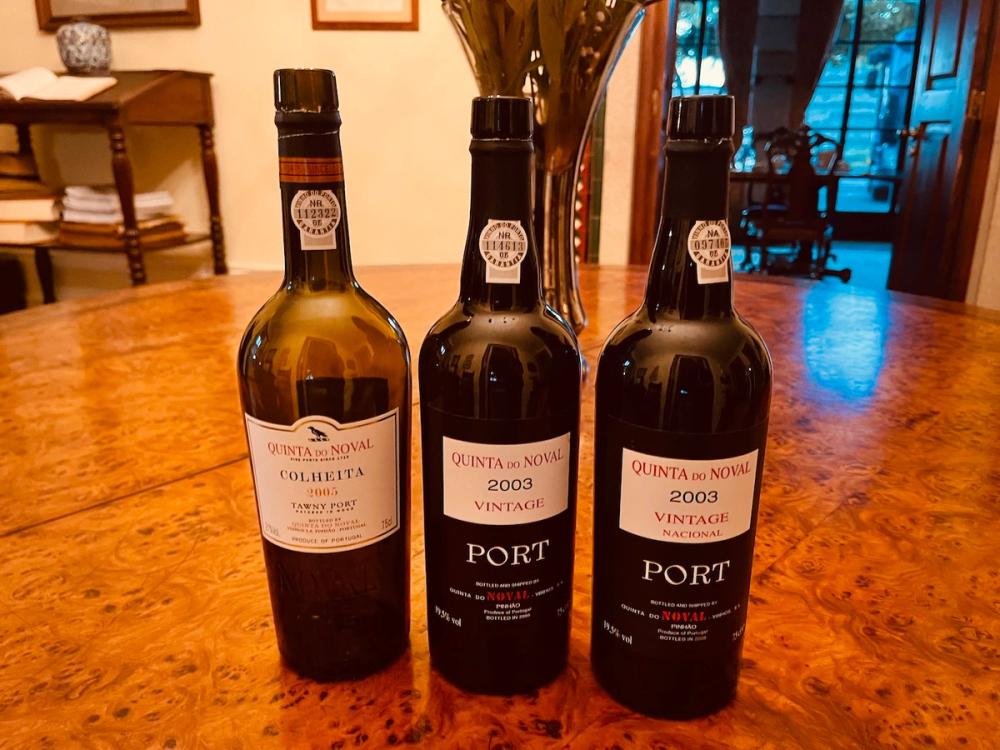
In November, I saw another mighty (ex)somm up close as the guest of Axa-owned Quinta do Noval in the Douro. Managed by Christian Seeley and his director of communications, Corrine Ilić, whose genius for hospitality was chiselled during the late 1990s heyday of GB wine pioneers Hotel du Vin. Time in her company was bliss, but avoid playing Pass the Port, which proved as potent as a night on the Raki with London restaurateur Isa Bal. The Quinta do Noval Nacional 2003 Vintage Port makes my ‘Best Of’. Densely profound and deeply moving, I felt I might find all the secrets to human existence at the bottom of my glass. Dark cherries, figs, violets, black pepper, mandarin, liquorice and chocolate. Gorgeously chewy and endlessly stimulating.
Finally, on to Bordeaux and the second Château de Ferrand Wine Writers Retreat. Although we had massive fun, the conference provided a real and meaningful opportunity to appraise our collective purpose as wine writers and to examine the direction in which we are all hurtling. We also learnt once again that getting a beer after 9pm in Saint-Émilion is absolutely impossible.
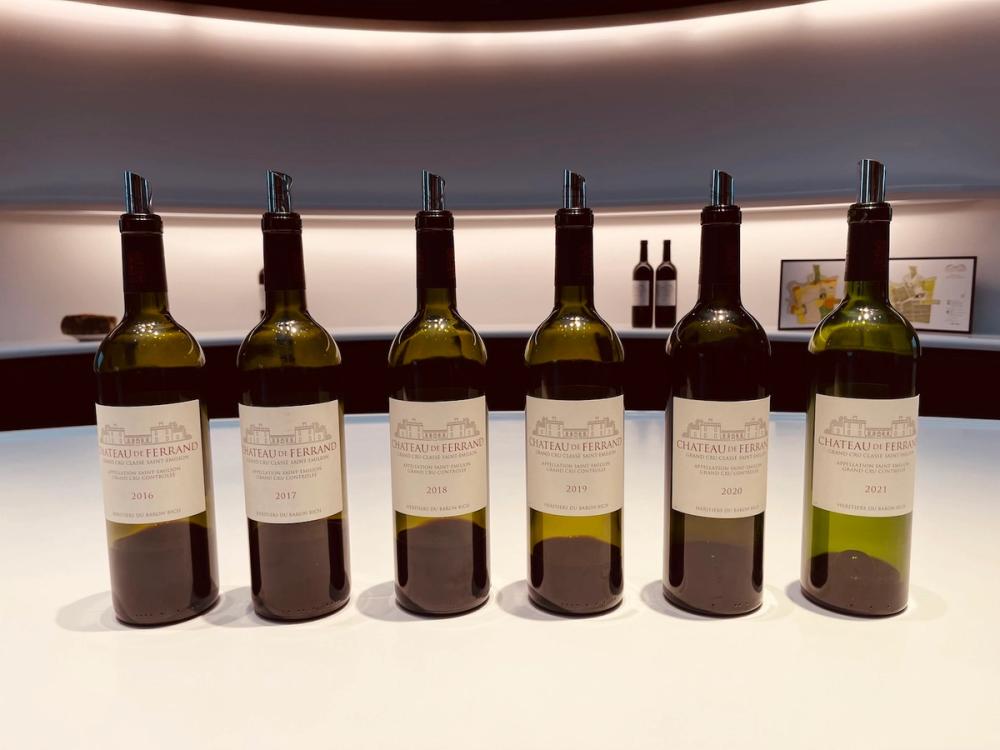
Château de Ferrand is owned by the inventors of the Biro, the humble 1950s writing implement which was inspired by the wheel of a wheelbarrow and has since become the world’s biggest selling pen. Their patronage was much appreciated by this tatty wine scribe, as is the beautiful evolution of this château under talented winemaker Gonzague de Lambert, formerly of VIK in Chile; watch this space. Chateau de Ferrand Grand Cru Classe Saint-Émilion 2019 is deep, dark, long and smoky with autumnal forest hues, fine chalky tannins and the structured, weighty freshness of silk. Liquorice, cassis, morello cherry and a moist suggestion, for me, of a freshly unwrapped Upmann No.2.
2023, for me, was the year I took a good hard look at myself and questioned why I do what I do. A career in wine is something many people dream of; I realised just how many when I hit the dating sites this year. Pretty much every bloke who contacted me was hot…for my job. It made me uncomfortable because although I travelled to Italy 12 times (thanks EU funding), stayed at the most remarkable Quinta in the Douro and was the guest of a good few of the most wealthy and more modest winemaking families in Europe, I barely scratched a living with my nib. I do this because I love it; I love the people, the chance to learn and travel, but most of all, I love the wine.




